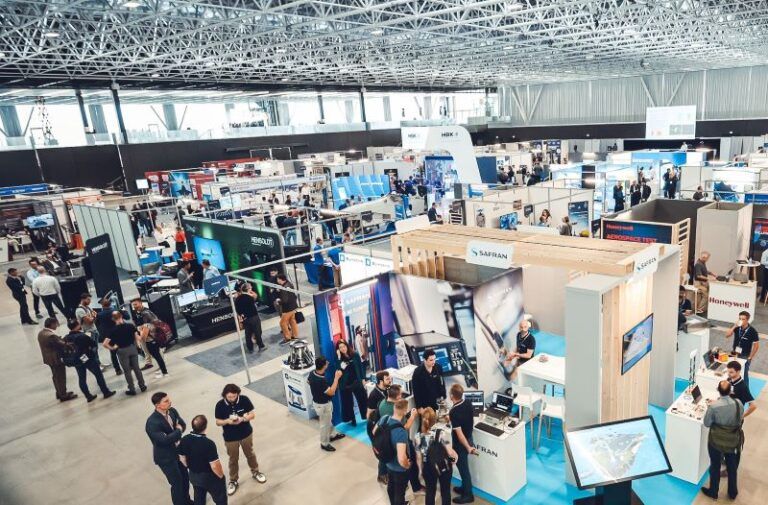The Aerospace Test and Development Show concluded successfully yesterday after two productive days, bringing together industry leaders, innovators, and experts from across the global aerospace sector.
The event, which took place on September 10-11 at the MEETT Centre in Toulouse, France showcased the latest technologies, methodologies, and equipment crucial for advancing aerospace testing and development.
With more than 1400 visitors and 110 exhibitors, attendees explored a range of exhibits, from miniaturized sensing technology and materials testing machines to wind tunnel technology, data acquisition systems and simulation software. The show floor buzzed with activity as representatives from major aerospace companies, research institutions, and startups engaged in discussions and demonstrations.
At the center of the Open Forum played host to a series of presentations and panel discussions covering topics such as advances in electric and hydrogen propulsion systems and the role of artificial intelligence in streamlining testing processes, as well as flight test program updates from leading OEMs such as Airbus and Bombardier.
The show facilitated valuable networking opportunities, fostering collaborations and partnerships that promise to drive innovation in the aerospace industry. As the event came to a close, the organizers reported overwhelmingly positive feedback from both exhibitors and visitors.
“The interaction has been excellent and very relevant. It’s our first time here, and we are glad to have been a part of the show!”
Andrew Simpson, Senior Project Engineer, Powerplant & Systems, Spirit Aerosystems
Open Forum
Here’s a roundup of some of the key topics and innovations discussed during the Open Forum conference.
After Bruno Dahan, deputy director of the aeronautics strategic sector from Aerospace Valley opened the Open Forum, Emanuelle Bezzecchi, AI roadmap manager, Leonardo Helicopters and Marco Barnobi, technical program manager, Daedalean presented their findings from flight tests trialing AI-assisted situational awareness and flight control.
The AI technology has applications such as non-cooperative traffic detection, landing guidance, and navigation in GPS-denied environments for helicopters and are designed to enhance safety by supporting pilots.
Barnobi and Bezzecchi’s findings suggest that AI-enabled technologies could be the next big leap in aviation safety, particularly for rotorcraft operations.
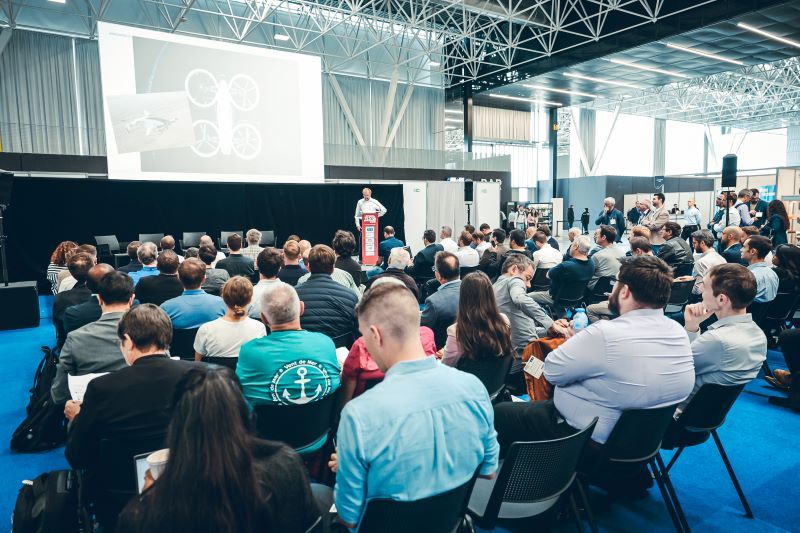
Rapheal Hallez, business development manager aerospace at Siemens Digital Industries Software then took the stage to present innovative measurement techniques for modern aircraft in the digital era.
The presentation delved into how advanced simulation capabilities are combined with measurement technologies to provide deeper insights into aircraft performance. This combination accelerates the verification and certification processes, providing engineers with more reliable data during testing.
Hallez also touched on the shift from traditional air travel to advanced air mobility, highlighting the challenges of testing new aircraft concepts, such as eVTOL aircraft.
CityAirbus flight testing
A notable highlight was the presentation around flight testing the CityAirbus Alpha. Henno Gemmink, lead flight test engineer for production and experimental flight test, Airbus Helicopters outlined how risk mitigation measures were integrated into Airbus Helicopters’ testing process for unmanned flight testing.
The development of the CityAirbus NextGen, a fully-electric, four-seat eVTOL prototype, represents a key step forward for the program and will build on the past successes of the program. With an 80km operational range and a cruise speed of 120 km/h, the CityAirbus NextGen is prepared to redefine short-distance urban travel.
Later in the day crowds of people came to see Pedro Silva, vice president of engineering functions at Bombardier, give a presentaton about the company’s Ecojet project. A truly ambitious program, EcoJet aims to reduce aircraft emissions by up to 50% through a combination of aerodynamic, propulsion and other enhancements.
Silva detailed in his presentation the scaled flight testing the team has conducted so far and how engineers plan to expand the program.
Following Bombardier was another inspiring presentation from Emil Lambert from Aerodelft, a student team from Dutch University TU Delft. They share the mission to prove the feasibility of emission-free aviation through two prototypes, including a full-scale two-seater Sling 4 demonstrator aircraft called Phoenix, powered by hydrogen fuel cells, which is set to fly in 2026.
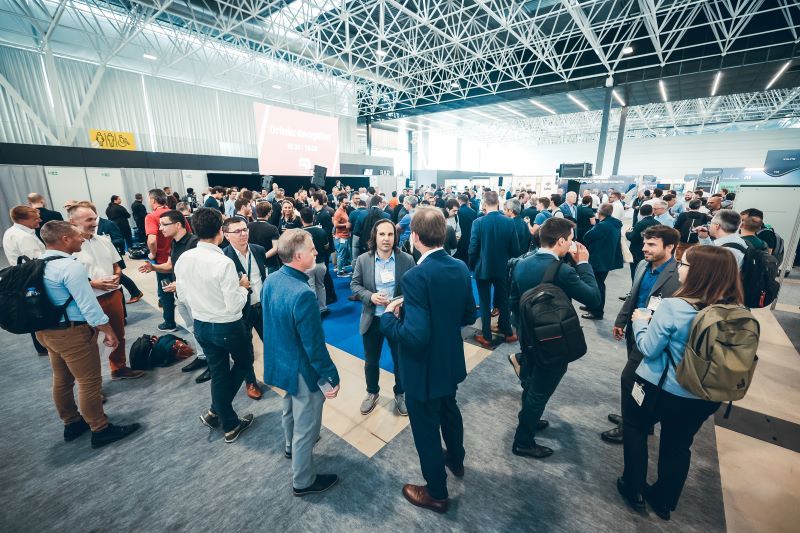
Hydrogen and electric propulsion
Day two of the Aerospace Testing and Development Show brought an array of discussions focused on sustainable aviation, advanced testing infrastructure, and the role of diversity in driving innovation within aerospace engineering.
Frank Wokke, business manager for Aerospace Systems at the Royal Netherlands Aerospace Centre (NLR), outlined the growing need for advanced testing and validation capabilities to accommodate new propulsion concepts like hydrogen and electric power systems. R&D into hydrogen is increasing as part of the transition to sustainable aviation and NLR is investing in facilities to test the fuel’s performance in storage tanks, fuel cells, and electric motors. Wokke emphasized the importance of these facilities for ensuring the reliability and safety of hydrogen-powered aviation.
Aerospace and business consultant Anne Jany discussed the critical factors when designing successful test programs. From visualizing end-to-end test intentions to managing risk portfolios, Jany highlighted the importance of advanced product quality planning (APQP) in ensuring smooth projects and reliable outcomes.
Carmine Salzano, from PCB Piezotronics, shed light on the role of piezoresistive pressure sensors in both wind tunnel and in-flight aerodynamic testing. These sensors are crucial for optimizing aircraft design by providing accurate data on surface pressure and aerodynamic forces. Salzano explained how these measurements can help engineers better understand in-flight behavior and tackle challenges like aerodynamic noise.
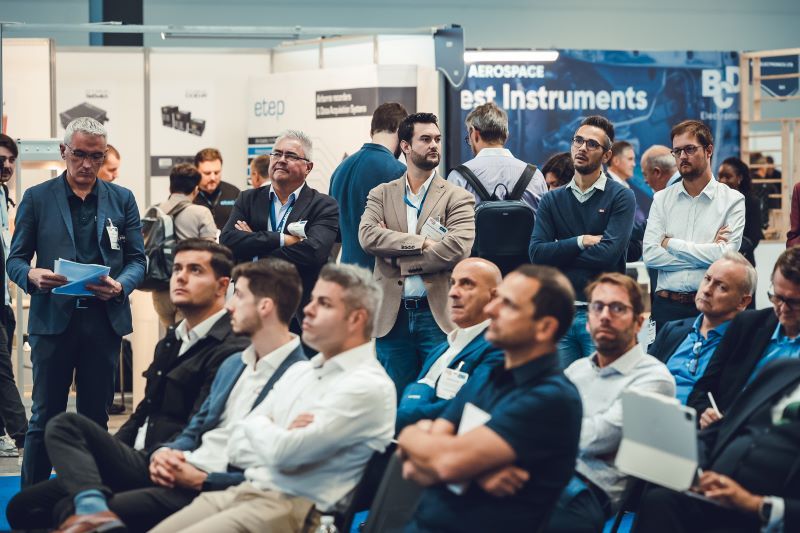
Diversity and inclusion
One of the most impactful sessions was the panel discussion on diversity in aerospace engineering. Moderated by Ben Sampson, editor of Aerospace Testing International the panel featured Nichola Bates managing partner at Aerospace Xelerated and head of global accelerators and innovation programs, Boeing, Anne Jany, Dr Christophe Bénaroya, head of MSc program aerospace management at the Toulouse Business School (TBS) Education and Harsh Singhal, aerodynamics engineer, Blue Spirit Aero.
Bates gave her thoughts on the challenges women face in advancing to leadership positions in aerospace companies. She pointed out the inherent biases in hiring processes, stating, “Women often need to be significantly better than their male counterparts to get through the system.”
Bates emphasized her commitment to creating space for women in leadership, noting that companies with more women in decision-making roles have been shown to perform better and deliver higher returns.
Bénaroya reinforced the value of diversity from a marketing and customer engagement perspective, reminding the audience that it’s not just about gender or nationality but also age, cultural background, and perspectives. He stressed that diverse teams are better equipped to understand and meet the needs of a global, varied customer base. “Listening to diverse viewpoints leads to better understanding and stronger community building.”
Ultimately, the panel drove home the point that diversity is an essential asset that can drive both innovation and profitability in the aerospace industry. As companies seek to solve complex problems and push the boundaries of technology, embracing diverse perspectives will be key to unlocking new solutions.
During the afternoon Eric Lithun, CEO of Elfly Group, shared an inspiring vision for the future of electric seaplanes. Focusing on Norway’s need for efficient, sustainable transport across its coastal communities, Lithun highlighted how electric-powered amphibious aircraft can contribute to net zero goals. With an emphasis on certifiable solutions and flexible designs, Elfly’s electric seaplanes represent a new era of environmentally friendly aviation.
Concluding the day was a special session organized by local trade association Aerospace Valley, featuring member companies. Thibault Baldivia, co-founder and chief commercial officer from eVTOL developer Ascendance, revealed key details about the companies approach to hybrid-electric propulsion, focusing on the testing requirements and development pathway.
Also during the session, Cedric Savineau co-founder, CTO and CMO of Hynaero gave an overview of his startups plans to build an amphibious aerial firefighter aircraft.
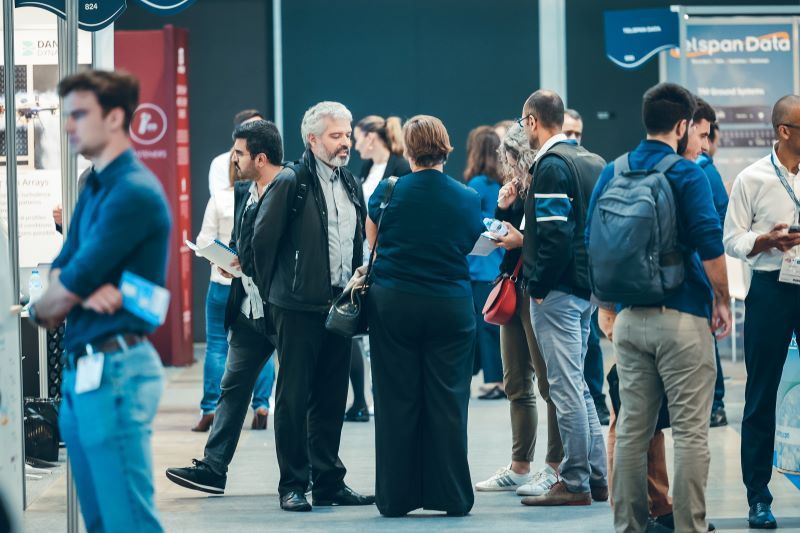
Aerospace Valley
Jean-Marie Des, the Toulouse Site and Platforms Director, outlined the support and facilities that IRT Saint Exupéry Institut Recherche Technology can provide aerospace firms. This was followefd by a presentation from Harsh Singhal aerodynamics engineer from Blue Spirit Aero, who explained the thinking behind the features of the company’s hydrogen-fueled aircraft and its development philosophy.
Day two wrapped up how the conference began, with closing comments from Bruno Dahan from Aerospace Valley.
Over the two days of the Aerospace Test & Development Show 2024, it’s clear that innovation and sustainability are at the heart of the future of flight and aerospace testing and development. The insights shared will play a critical role in shaping the next generation of aircraft and aerospace technologies.
Next year the Aerospace Test & Development Show will be held on September 30 – October 1. The event promises more technical presentations from a more diverse range of topics by leading experts, more exhibitors and more unique and valuable networking opportunities. See you in 2025!


